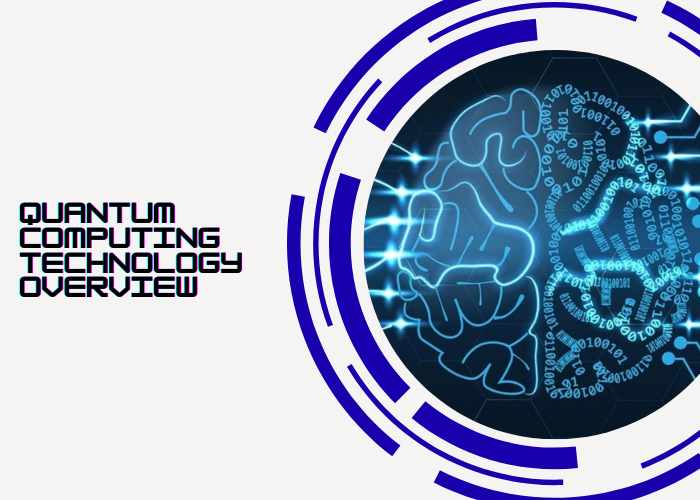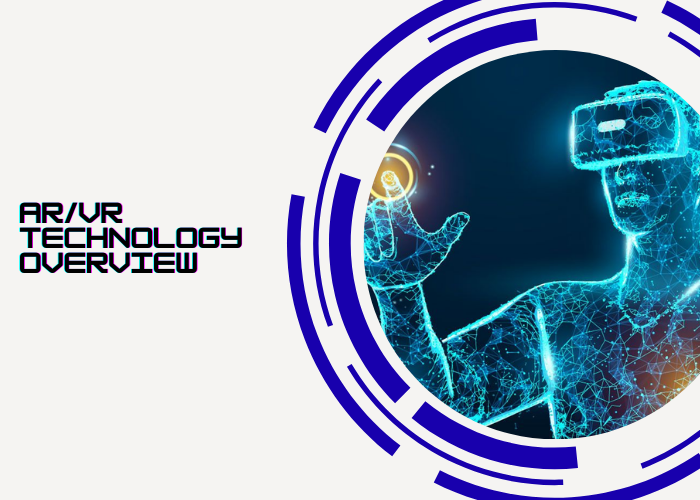Blockchain Technology Overview
Blockchain: The Technology Redefining Trust in the Digital Age
Born from the idea of powering Bitcoin, blockchain has quickly expanded far beyond cryptocurrencies. Today, it represents a technological shift with the potential to reshape finance, healthcare, logistics, and even government systems. At its core, blockchain is not just about digital money — it is about creating a new foundation of trust in a world where information and transactions increasingly flow online.
Understanding the Concept
Imagine a digital ledger that anyone in a community can access, where every entry is verified by multiple participants. Once information is added, it cannot be erased or modified. This is the essence of blockchain — a transparent and tamper-resistant record system where trust does not depend on a single authority but is distributed across the network.
This unique structure is what makes blockchain so compelling. It ensures that no single participant has unilateral control, and it creates an ecosystem where the integrity of data is preserved over time. For industries plagued by inefficiency or mistrust, the promise of blockchain is transformative.
How the Chain Holds Together
A blockchain is built from blocks of data, each containing a group of transactions. What makes it secure is the cryptographic link between blocks: every new block includes the unique hash of the previous one. If someone tried to change even a single detail, that change would ripple forward, invalidating the entire chain. In large, decentralized networks, altering all subsequent blocks is practically impossible.
To validate transactions, blockchain uses consensus mechanisms. Proof of Work relies on computers solving complex mathematical problems, securing the system but consuming vast amounts of energy. Proof of Stake, on the other hand, chooses validators based on how much cryptocurrency they hold and are willing to lock as collateral, offering a more energy-efficient approach. Other models, such as Delegated Proof of Stake or Proof of Authority, are emerging for enterprise and private use cases. These mechanisms ensure that agreement is reached without central oversight.
Core Characteristics That Stand Out
The growing interest in blockchain is not random — it is rooted in a series of characteristics that make the technology unique compared to traditional systems:
- Decentralization: removes dependence on a central authority, reducing single points of failure.
- Transparency: every transaction can be traced and verified by participants.
- Security: advanced cryptography makes data extremely hard to manipulate.
- Immutability: once recorded, information cannot be deleted or changed.
- Automation: smart contracts execute automatically when specific conditions are met.
Together, these features make blockchain highly attractive for industries that need accountability, traceability, and reliability in their operations.
Where Blockchain Is Already Making an Impact
While most people first heard about blockchain through Bitcoin or Ethereum, its potential stretches far beyond cryptocurrencies. In the financial sector, it enables cross-border payments that are faster and more secure than traditional methods. In supply chains, blockchain creates transparency by tracking goods from origin to delivery, ensuring authenticity and reducing fraud.
Healthcare institutions are exploring blockchain to safeguard patient records, ensuring privacy while maintaining authorized access. Governments are testing digital voting systems, tamper-proof land registries, and digital identity solutions. Meanwhile, the consumer world has seen the rise of NFTs in art and gaming, as well as decentralized finance (DeFi) platforms that let people borrow, lend, and invest without banks.
These use cases show that blockchain is not just a niche technology — it is gradually becoming part of everyday life, influencing how people interact with money, data, and digital assets.
Barriers on the Road Ahead
Despite its promise, blockchain still faces important challenges. Scalability is one of the biggest concerns: popular networks can become congested, causing higher fees and slower transaction times. Environmental impact is another issue, especially in Proof of Work systems that consume massive amounts of energy.
Regulation remains uncertain as governments worldwide debate how to manage cryptocurrencies and blockchain applications. Businesses also face integration difficulties — adapting blockchain to legacy systems can be costly and technically complex. Privacy is another concern, as public blockchains make transactions visible to everyone, which can be problematic for industries requiring confidentiality.
Why Blockchain Matters for the Future
At its heart, blockchain is about redefining trust. By removing intermediaries and giving participants direct control, it creates systems that are more transparent and resilient. For individuals, this could mean a world where financial services are more accessible, medical data is safer, and digital assets truly belong to their owners. For companies and governments, blockchain opens the door to innovation, efficiency, and stronger relationships with clients and citizens.
Continuous development is also addressing today’s limitations. Scalable networks, energy-efficient consensus models, and hybrid systems are being built to support wider adoption. As these improvements take hold, blockchain could become as fundamental to daily life as the internet itself.
Conclusion
Blockchain is far more than the backbone of cryptocurrencies. It represents a structural shift in how societies record, share, and secure information. Challenges like scalability, regulation, and energy consumption remain, but innovation is paving the way for more practical and sustainable solutions. Ultimately, blockchain is not just a technology — it is a paradigm shift that will redefine how people, companies, and governments interact in the digital age.



